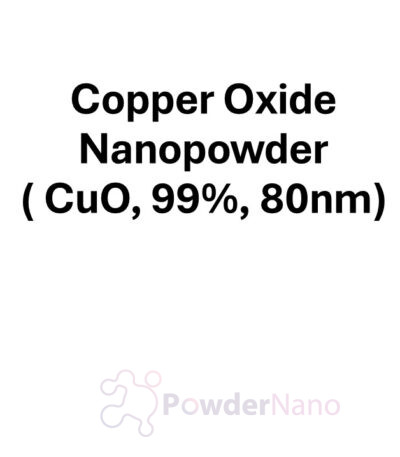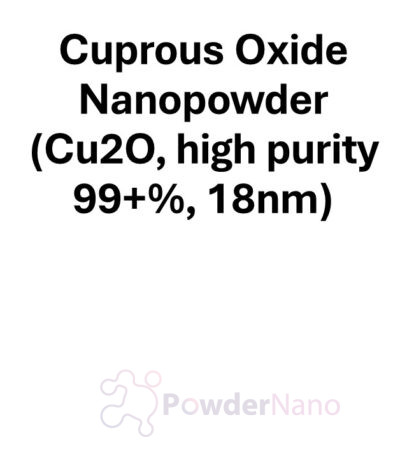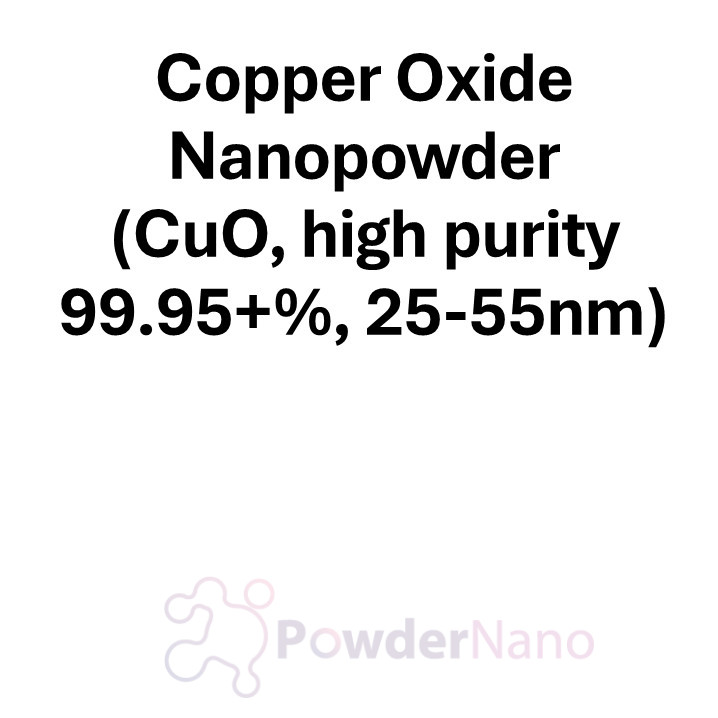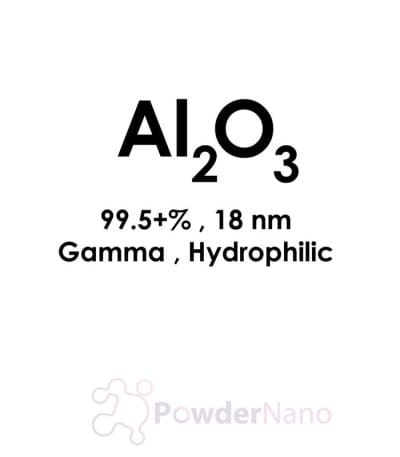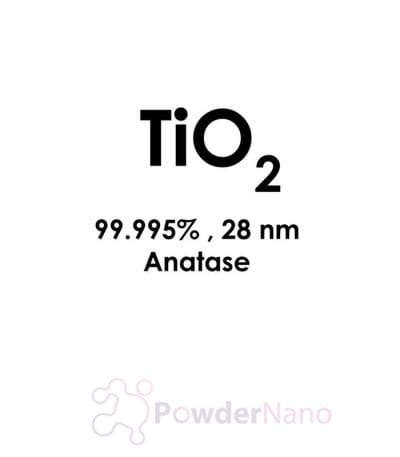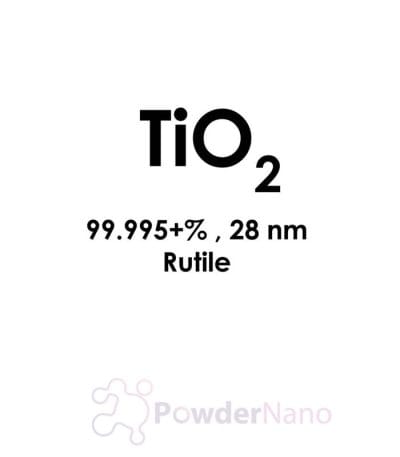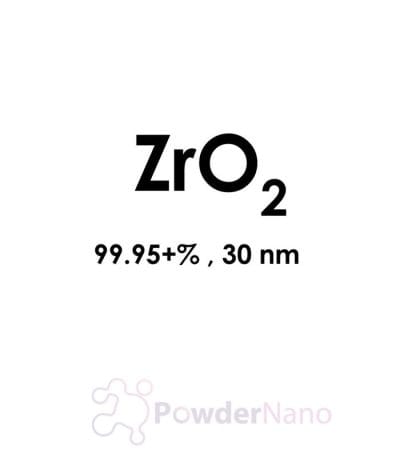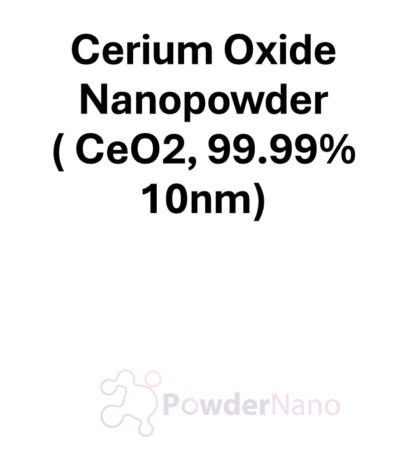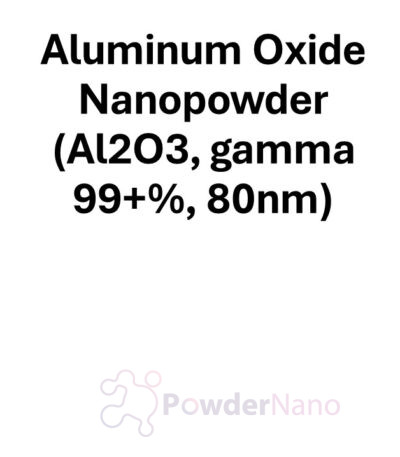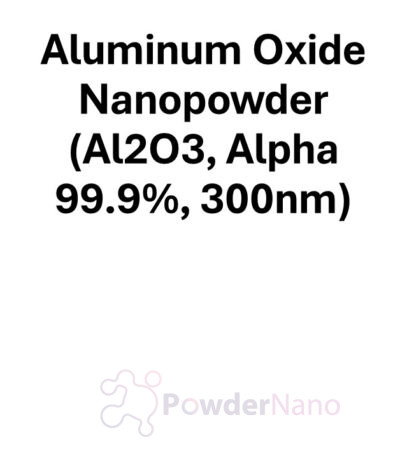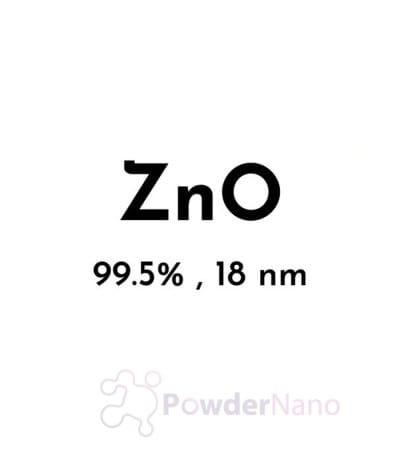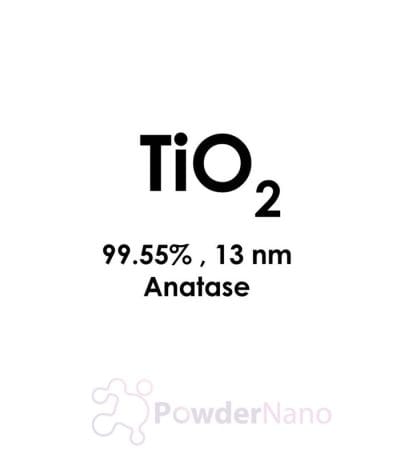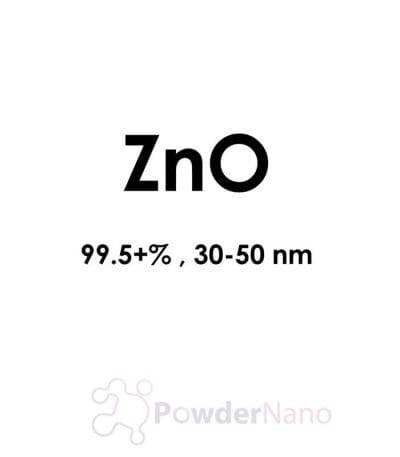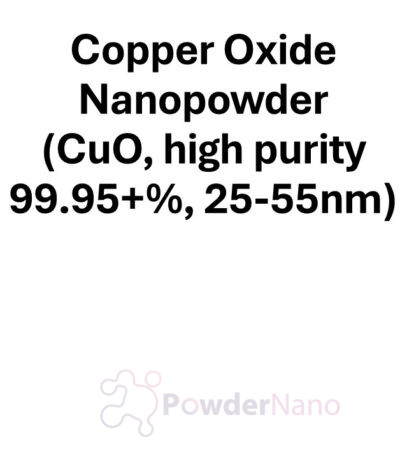Technical Specifications
- Product Name: Copper Oxide Nanopowder
- Chemical Formula: CuO (Copper(II) Oxide)
- CAS Number: 1317-38-0
- Purity
- Grade: 99.95+% (ultra-high purity)
- Impurities: ≤0.05% (trace elements and other oxides)
- Particle Size
- Range: 25–55 nm
- Particle Size Distribution: Verified using SEM (Scanning Electron Microscopy) or TEM (Transmission Electron Microscopy)
- Morphology
- Shape: Near-spherical or irregular particles with uniform distribution
- Surface Area: High, due to nanoscale size, enhancing reactivity and catalytic efficiency
- Crystal Structure
- Phase: Monoclinic
- Physical and Chemical Properties
- Color: Black or dark brown powder
- Density: ~6.31 g/cm³
- Melting Point: ~1,132 °C
- Thermal Stability: Stable under high temperatures
- Electrical Properties: Narrow bandgap semiconductor (~1.2–1.5 eV)
- Packaging and Storage
- Standard Packaging: Sealed in airtight, moisture-resistant containers to prevent contamination and oxidation
- Storage Conditions: Store in a cool, dry place; avoid prolonged exposure to air and moisture
- Shelf Life: Stable under proper storage conditions
- Safety and Handling
- Hazards:
- Copper oxide dust may irritate the respiratory system, skin, and eyes.
- Toxic if ingested or inhaled in significant quantities.
- Recommended Protective Measures:
- Use PPE (e.g., gloves, goggles, and dust masks).
- Handle in a ventilated area to minimize airborne particle exposure.
- Hazards:
Applications
- Catalysis
- Environmental Catalysis: Used in oxidation reactions to degrade pollutants and improve air and water quality.
- Chemical Catalysis: Effective for hydrogenation, dehydrogenation, and organic synthesis applications.
- Energy Applications
- Battery Components: Used in lithium-ion batteries to enhance electrochemical performance and energy density.
- Supercapacitors: Improves charge/discharge rates and electrode efficiency.
- Solar Cells: Integrated into photovoltaic cells for solar energy conversion.
- Sensors
- Gas Sensors: Sensitive to gases like CO, NOx, and hydrocarbons, making it ideal for air quality monitoring.
- Humidity Sensors: Effective for detecting environmental changes in industrial and environmental systems.
- Antimicrobial Applications
- Medical Coatings: Incorporated into surfaces, textiles, and coatings for its antimicrobial and antifungal properties.
- Water Treatment: Inhibits bacterial growth and helps in removing contaminants.
- Coatings and Surface Treatments
- Conductive Coatings: Used in electronics and thermal management for its electrical and thermal conductivity.
- Protective Coatings: Enhances wear resistance and corrosion resistance in industrial applications.
- Nanocomposites
- Reinforcement Material: Enhances mechanical, thermal, and electrical properties of composites.
- Functional Additives: Improves optical, catalytic, and thermal performance in polymers and ceramics.
- Optoelectronics
- Photodetectors and LEDs: Applied in optoelectronic devices for light detection and emission.
- Photocatalysis: Used in breaking down organic pollutants under visible light.
- Research and Development
- Material Science: Extensively studied for its electronic, catalytic, and optical properties.
- Prototype Development: Ideal for experimental setups in advanced materials, energy storage, and environmental technologies.
Key Features
- High Purity (99.95+%): Ensures reliable performance in energy, catalysis, and sensing applications.
- Nanoscale Size (25–55 nm): Provides enhanced reactivity, surface area, and electrochemical efficiency.
- Versatile Applications: Ideal for use in energy storage, coatings, environmental remediation, and advanced materials.
